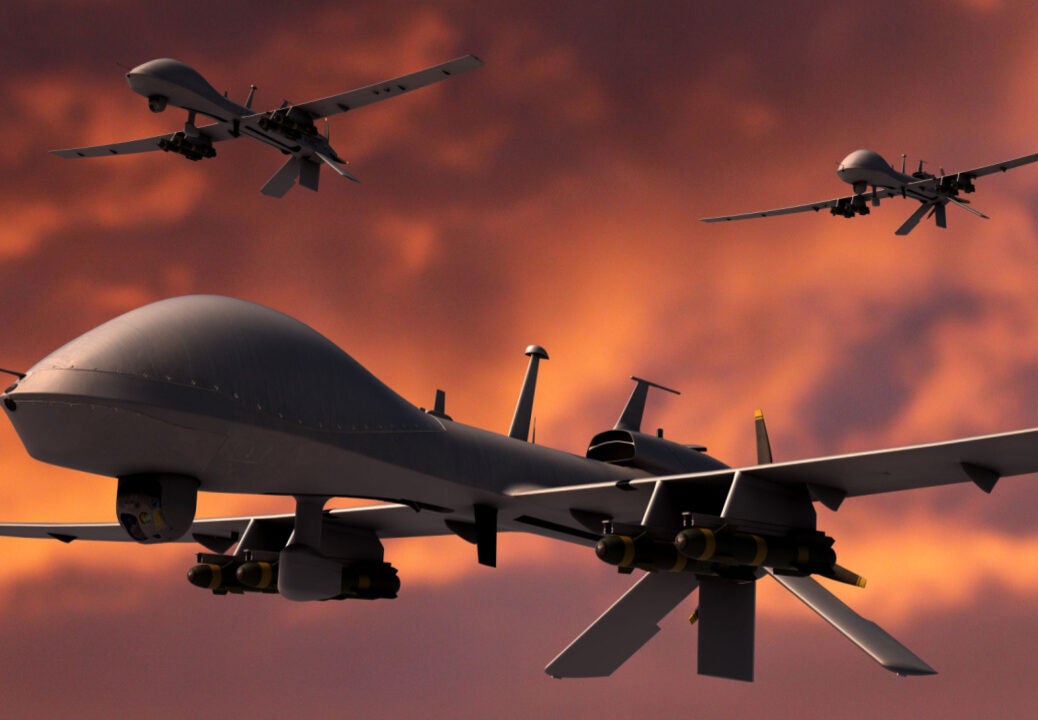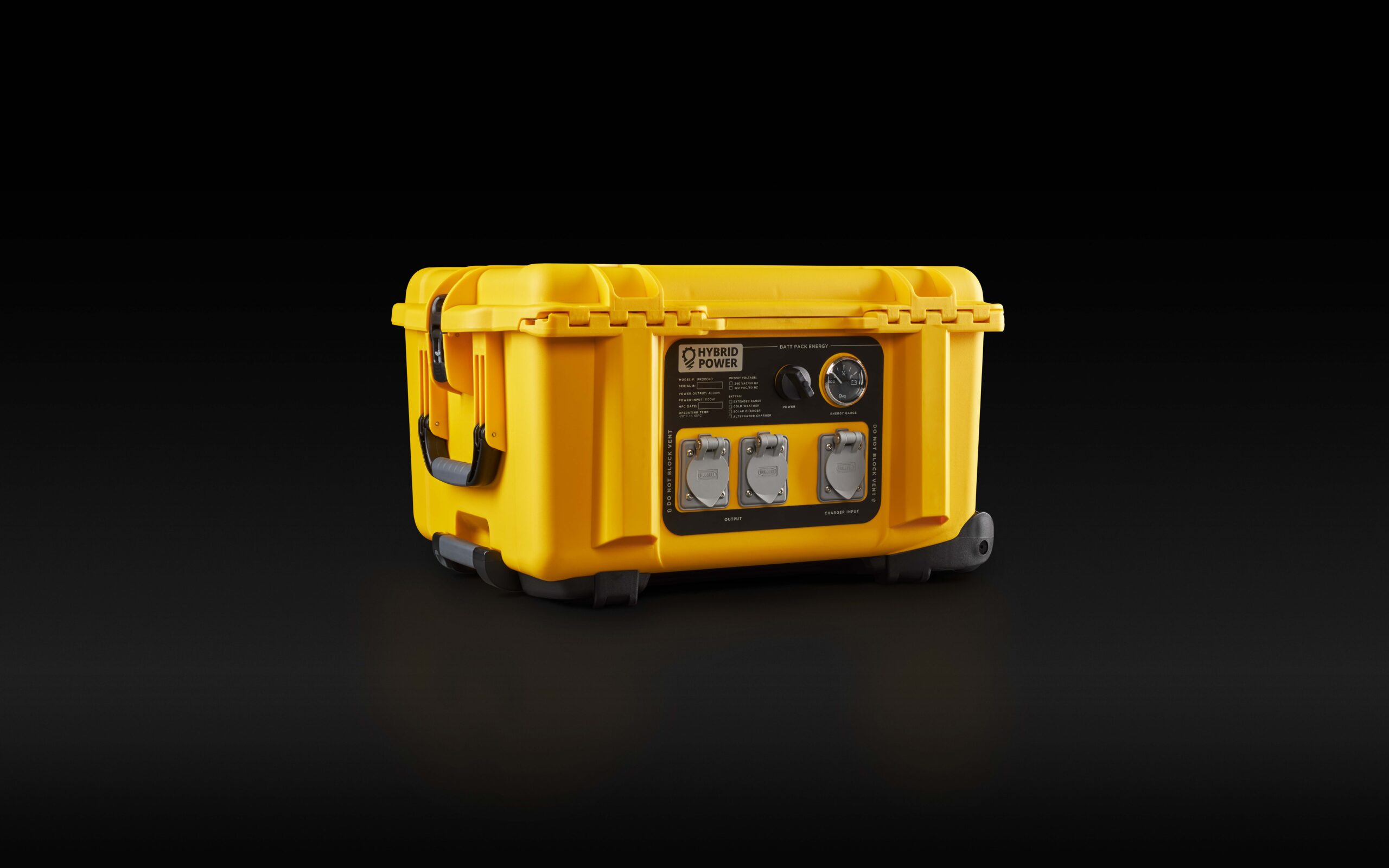High Altitude Platform Systems (HAPS): Technology trends
The road to widescale deployment of High Altitude Platform Systems (HAPS) or autonomous aerial vehicles in defence, civil, and commercial roles has not been smooth. Leading tech companies including Alphabet and Facebook (now Meta) have seen their efforts fall by the wayside, with Alphabet’s Loon and Facebook’s Aquila closure in 2021 and 2016, respectively. However, the continued persistent investment sector receives, despite these setbacks, is ultimately a testament to its potential.

Top Guide for Antennas, Masts & Towers
The document includes detailed information on the manufacturers and suppliers and their products, along with contact details, to inform your purchasing decision.
by VMS Engage – Buyer’s Guide
Thank you.Please check your email to download the Buyer's Guide.
Listed below are the key technology trends impacting the HAPS theme, as identified by GlobalData.
Composites are essential for HAPS
Lightweight composites are essential for HAPS, particularly for fixed-wing Heavier-Than-Air (HTA) platforms. The payload capacity and flight duration of these platforms are heavily dependent on the weight of the aircraft. Therefore, the deployment of lightweight materials in the construction of both the airframe and system components will grant HAPS a greater range of capabilities and roles.
Artificial intelligence (AI)
In future networks, AI could play a role in the orchestration and management of HAPS systems. At the same time, HAPS systems will be a driver for AI and computing in aerial and space networks, as HAPS systems can constitute an aerial data centre and perform edge computing functionality. Due to their high altitudes and wide coverage, HAPS systems can collect massive volumes of data. Such data can be used to reveal trends, hidden patterns, and unseen correlations, and achieve automated decision making.
Solar power – HAPS reliance
Many of the major HAPS programmes under development rely upon solar energy to power the platform. The primary benefit this brings is persistence, allowing the platform to remain on station for long periods without refueling. Thus, HAPS can combine the persistence of a geostationary satellite with the low latency and manoeuverability of a traditional fixed-wing aircraft. This increases the capabilities and use cases on the platform and reduces the number of individual aircraft required to maintain continuous coverage.
Going forward, as the efficiency of photovoltaic (PV) cells increases, solar-powered HAPS will be capable of greater payloads and will be available in smaller configurations. NASA’s Helios from 2003 had a wingspan of 75m to accommodate the required PV cells, whereas Airbus’s Zephyr has shrunk to 25m empowered by more efficient PV cells.
Hydrogen fuel cells
Hydrogen fuel cells are an option. The system is heavier overall than solar-powered alternatives, with fuel tanks and the fuel itself driving up the load. However, hydrogen fuel cells come with the benefit of generating far greater power than solar-powered alternatives, which allows the platform to carry a heavier payload. Hydrogen power also allows for 24/7 operations night and day without requiring to ‘power-down’ into reduced operations mode, as solar-powered unmanned aerial vehicles (UAVs) need to do during the night, as well as flights at extreme northern and southern latitudes.
Instrument miniaturisation for HAPS
Several factors are driving remote-sensor miniaturisation for HAPS applications. The smaller size and lower mass of these remote-sensing instruments have a major impact on power requirements, fuel consumption, mission life, and satellite HAPS.
There are some fundamental constraints that physics imposes on the performance limits achievable from the very smallest platforms. For example, high-resolution imaging requires large aperture optics which may be difficult to accommodate on small platforms, even with deployable technologies. Similarly, microwave measurements may require very large antennas, especially at lower frequencies.
Thermal management
For Lighter-Than-Air (LTA) aircraft, effective thermal management is essential. LTA aircraft are directly affected by the temperature difference between the lifting gas (gas inside the envelope) and the external atmosphere. This effect is called superheating, when the temperature of the internal gas is higher than that of external air, or supercooling, in the opposite case.
This temperature difference may be caused by several factors attributable to the altitude at which HAPS are intended to operate. These include direct solar radiation, solar radiation reflected from the Earth’s surface or clouds (albedo), expansion of the lifting gas during climbing or compression in descent, changes in atmospheric temperature, and warming caused by the operation of PV cells.
This is an edited extract from the High Altitude Platform Systems (HAPS) – Thematic Research report produced by GlobalData Thematic Research.

Top Guide for Antennas, Masts & Towers
The document includes detailed information on the manufacturers and suppliers and their products, along with contact details, to inform your purchasing decision.
by VMS Engage – Buyer’s Guide
Thank you.Please check your email to download the Buyer's Guide.











Gloss